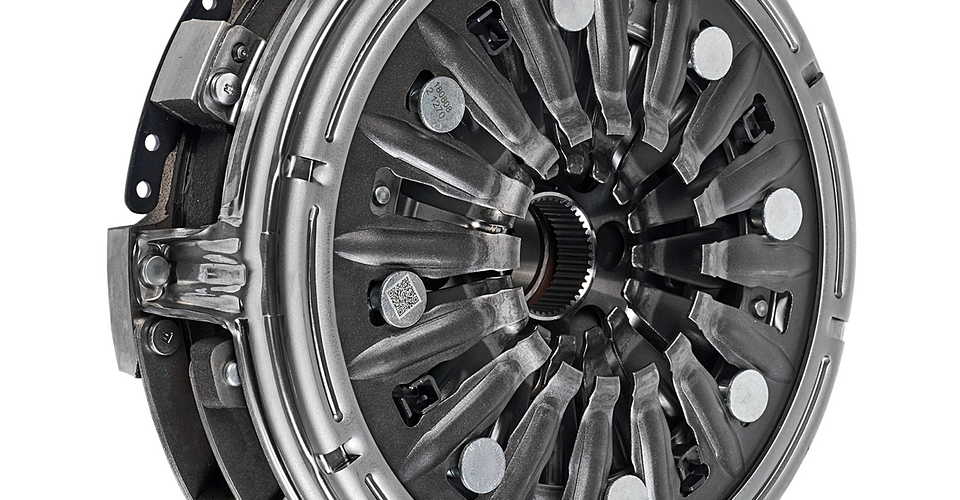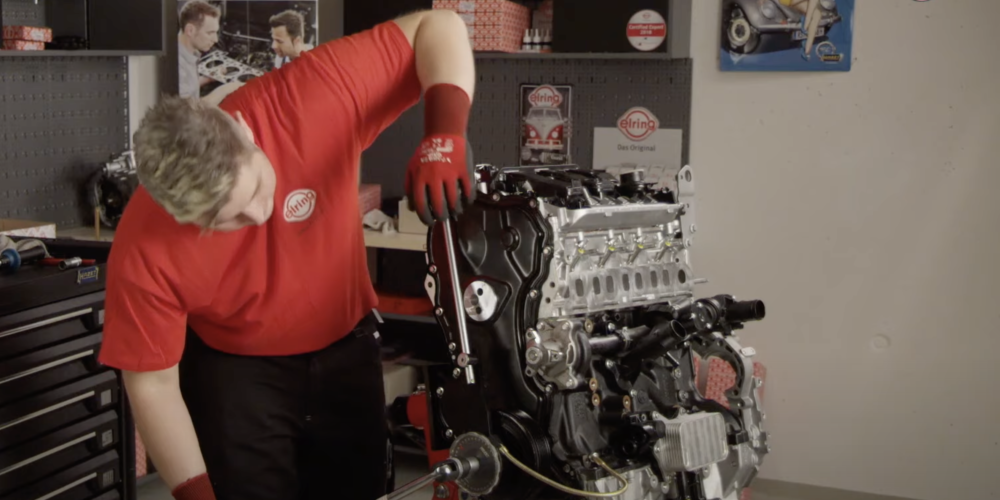Shortening the Timing Belt Replacement Interval: When Is It Best to Do It?
AIRTEX reminds that in certain cases, it’s advisable to shorten the manufacturer-recommended interval on your own. The interval between timing belt replacements specified by the car manufacturer assumes that the belt operates under ideal conditions. For used cars that have already undergone at least one timing belt kit replacement, it’s wise to shorten this interval – by at least 20-30%. In extreme cases, even by half. Here are the most important factors that should motivate a vehicle user to replace the timing belt kit ahead of schedule.

Purchasing a used vehicle without a reliable service history
Buying a used car without a service history that can be verified in a workshop poses the risk that the data in the service book is forged. The mileage might be falsified as well. In both cases, we risk that the timing belt kit has long exceeded its limited working time, or that it was replaced in a budget manner (e.g., just the belt). Bearing this in mind, it’s essentially always worth it to proactively replace the timing belt after purchasing a used car.
Engine shows signs of wear
Heavy dusting or even oiling of the area where the timing belt operates shortens its lifespan. It’s not necessary to disassemble all the timing belt covers to decide on an early replacement. A simple look under the hood is enough. If you can see various oiled spots on the engine, and dirt has accumulated in every nook and cranny – it’s worth shortening the timing belt replacement interval even by half. This mainly applies to worn-out cars in poor technical condition and vehicles used in difficult road conditions (off-road vehicles, vehicles used on construction sites, etc.)
Repairs requiring the disassembly of the timing belt
If the timing belt needs to be removed during some repair, it’s worth replacing it on the occasion, regardless of the mileage. Some timing belt kits indeed have special marks on the tensioners for setting during the first and second installation, but if the budget allows, it’s better to install a new kit, especially since you’re only paying for parts at that point.
– People who have installed an LPG system face a serious dilemma, especially if their engine has a cup-type valve clearance adjustment, which needs to be performed, for example, every 15-30 thousand km with LPG. Suddenly, it turns out that the timing can be dismantled exactly every 30 thousand km, and then it doesn’t make sense to replace it each time. In such a case, it seems reasonable to replace it every 60 thousand km, i.e., after two valve clearance adjustments – says Sławomir Lewczuk from Airtex.
Engine overheating
If due to defects in the cooling system, the engine tends to overheat, it can weaken the durability of the timing belt and the guide rollers and tensioner. Too high a temperature, which systematically affects the kit, will undoubtedly shorten its lifespan.
Coolant pump failures
A seizing bearing in the coolant pump strains the timing belt (of course, if the pump is belt-driven). Replacing a worn coolant pump should obligatorily be combined with the replacement of the entire timing belt kit. Similarly, the other way around – replacing the timing belt kit should also include a preventive replacement of the coolant pump.
– Replacing the timing belt should always be combined with the replacement of the coolant pump. Similarly, the other way around – replacing the coolant pump should be combined with the replacement of the timing belt kit – adds Sławomir Lewczuk.
Frequent engine starting
Frequent starting of the engine, abrupt changes in rotational speed strain the timing system. In some cars, such as hybrids, this is considered by the engine manufacturer. With others, it varies. Some models equipped with a start/stop system have a shortened interval between timing belt replacements, others do not. Generally – if the car is almost exclusively operated in the city, it’s worth considering replacing the timing belt ahead of schedule.













